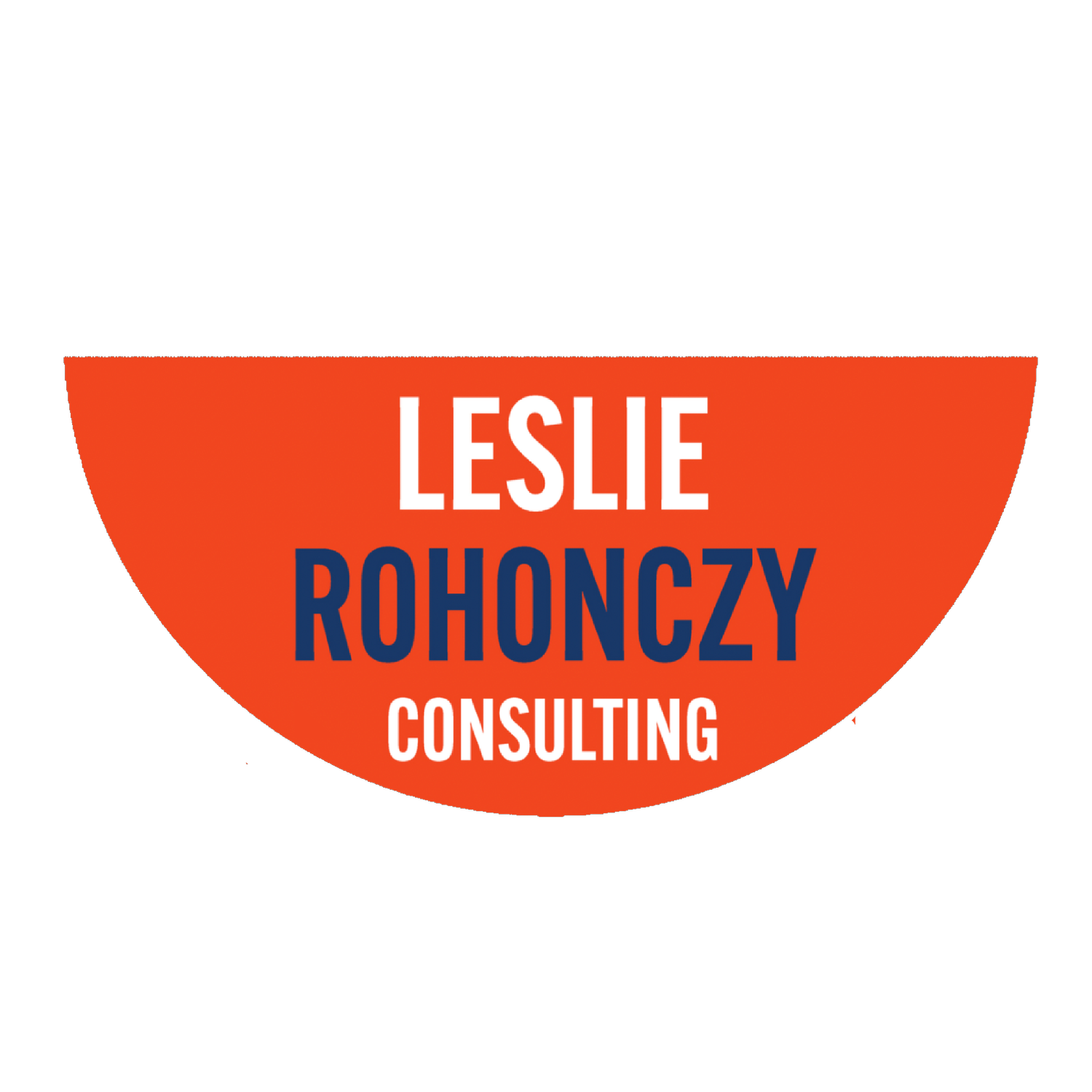Some of the most pivotal leadership decisions are invisible. They aren’t made in boardrooms; they’re made during side chats, hallway run-ins, and Teams threads where no one is keeping score. Influence isn’t earned in a single moment. It’s built in fragments. This article is about that invisible work.
Micro-Yes Leadership is the practice I created for intentionally building momentum through small, cumulative agreements. Not the sweeping yes at the end of the strategy deck. But the little yeses that come long before: the raised eyebrows of curiosity, the half-nods in hallway conversations, the "I hadn't thought of it that way" a-ha moments during early stakeholder chats. It's the art of collecting permission, trust, and alignment in bits and pieces, long before the big meeting even happens.
It's not persuasion. It's not consensus-seeking. It's influence, scaled down to human size.
WHY MICRO-YES LEADERSHIP MATTERS
In most organizations, change doesn’t happen by declaration. It happens through relationship. It happens because someone felt seen. Because someone felt safe. Because the idea wasn’t dropped on them cold.
Micro-Yeses are like trail markers. They let you know someone is still with you, even if they’re not ready for the whole hike yet.
When a leader overlooks these smaller moments, they often end up surprised when their brilliant pitch lands with a thud. "But the strategy was solid," they say. Maybe so. But alignment isn't an event. It is a process.
WHAT MICRO-YES LEADERS DO DIFFERENTLY
Micro-Yes Leaders listen for subtle cues: curiosity, hesitation, invitation. They notice when someone is warming to an idea, even if they're not ready to say yes just yet. They don't rush the moment; they honour it.
They create the space and time needed for engagement before commitment. They test ideas gently, adapt their language, and check for readiness. They understand that "yes" has many flavours: "Yes, I hear you." "Yes, I trust you." "Yes, I’ll keep thinking about it."
Micro-Yes Leaders don't bulldoze their vision through the organization. They build it with others, one conversation at a time.
HOW TO BUILD YOUR OWN MICRO-YES PRACTICE
Start by shifting how you define progress. Instead of measuring influence by the number of decisions made, start tracking the number of meaningful engagements. Who asked you a thoughtful question? Who stayed behind after the meeting to clarify something? Who referenced your idea a week later in a different setting?
Here are a few micro-practices you can experiment with that build momentum:
Pre-socialize the idea. Share early thinking with a few trusted voices before bringing it to a larger group. Let them react. Adapt based on what you learn.
Ask for input, not agreement. "How does this land with you?" goes further than "Do you agree?"
Name the trail markers. Say, "It sounds like you're not on board yet, but you're open to exploring." That creates space for evolving commitment.
Celebrate the half-yes. Recognize movement, even if it’s not a full endorsement.
THE REAL WIN
Micro-Yes Leadership isn't about manipulation or slow-walking people into things. It's about building trust, and recognizing that real influence is built in informal moments that can feel quiet, impromptu, and unimportant at the time. Until they're not.
If you're waiting for the 'big meeting' to make your case, you might be too late. The decision has often already been made in fragments, in hallways, and in those micro-yes moments you didn’t see. But when you know what to look for, you start to notice how influence actually works: quietly, relationally, and while in motion. You may be amazed at the opportunities you find to shape momentum in small ways that stick.
So look hard. Listen closely. And start where great leadership always starts: with one person, one conversation, and one well-earned yes.

